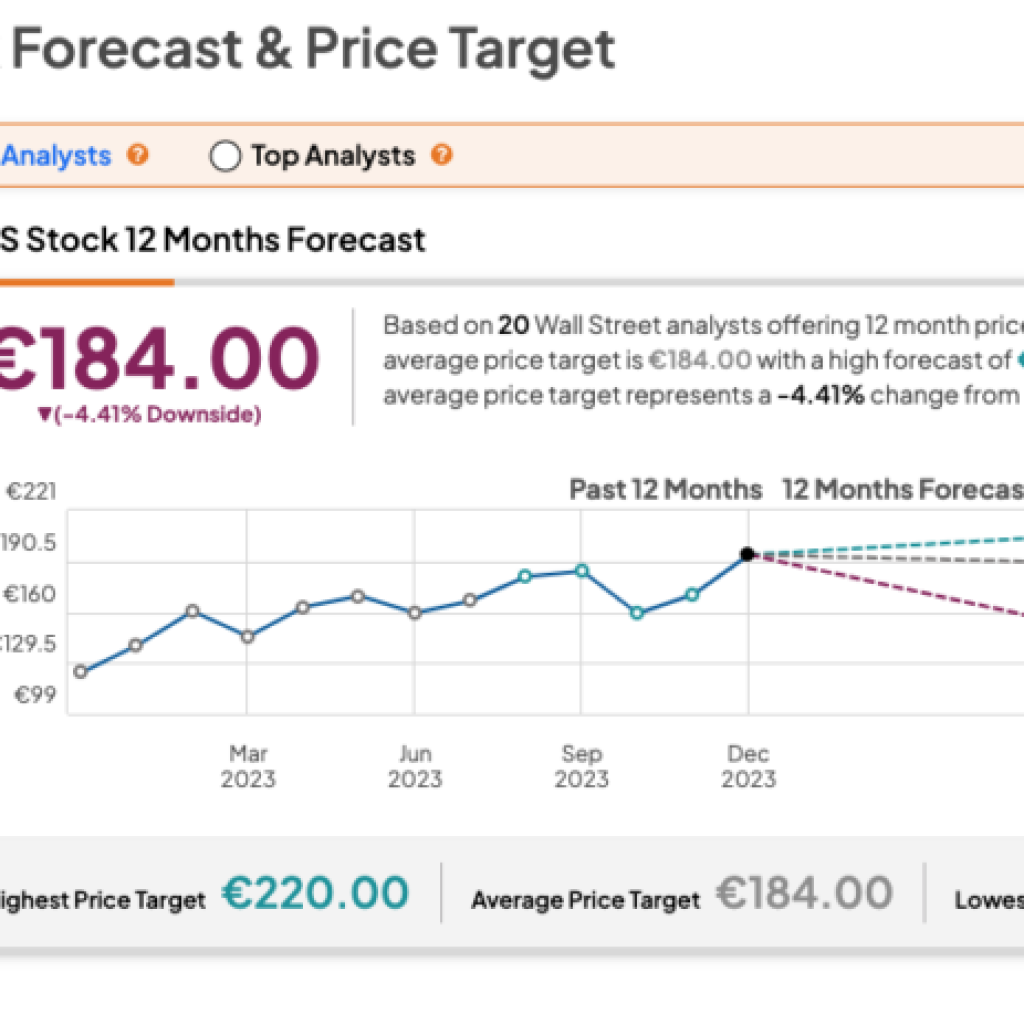While most of Wall Street seems to have developed a sudden infatuation with the term “tokenization,” one has to wonder: is this newfound passion sincere or merely another overhyped trend? After all, enthusiasm and execution are two very different things.
The Curious Case of Token Enthusiasts
Dig beyond the press releases and public statements, and there’s undeniable evidence that Wall Street’s elite are poking and prodding the idea of tokenisation. Citi’s recent move to allow its wealthiest clientele to convert their hefty deposits into tokens is a testament to this growing trend.
Major players, ranging from JPMorgan to BlackRock, are either pumping money into tokenisation ventures or researching how to digitize traditional assets like bonds.
However, it’s essential to cut through the jargon. Tokenisation isn’t some arcane wizardry. At its core, it involves creating a digital counterpart, or “token,” for a physical asset.
This token, existing on a blockchain, can encapsulate a multitude of details, from ownership records to transaction histories. And while this might sound revolutionary to some, others can’t help but question its actual utility.
Flash in the Pan or the Future?
The tech world is notorious for its fleeting obsessions. Some innovations, like the ill-fated NFT craze, burn bright and fizzle out just as quickly.
Others, like the internet, reshape the very fabric of society. Tokenization, despite its current allure, still has a lot to prove if it wishes to be catalogued with the latter.
It’s not enough for a few influential names to dip their toes into tokenisation. The real measure of success lies in widespread adoption. The recent statistics are hardly inspiring: a paltry $500 million in digital bonds issued in the year leading up to mid-September.
When you contrast this with the $5.3 trillion worth of U.S. bonds circulated until August of the same year, tokenization seems like a drop in a vast ocean.
But it’s not just about numbers. Real-world application and tangible benefits matter. Take the case of Franklin Templeton, for instance.
With $1.4 trillion under their management, they’ve found value in tokenizing a money market fund. The benefits? Streamlined administrative tasks, with blockchain eliminating the need for multiple transaction record updates.
Another firm, Hamilton Lane, with its $820 billion portfolio, has initiated tokenized funds to cater to the tech-savvy investor crowd, eschewing the traditional for a purely digital wallet experience.
However, one can’t ignore the elephant in the room: the term “blockchain” still carries the stigma of the often-volatile crypto realm. Convincing traditionalists that tokens aren’t synonymous with the unpredictable world of cryptocurrencies remains a daunting task.
Further challenges loom large. Building an infrastructure for tokenisation is not as easy as flipping a switch. Asset managers require a comprehensive ecosystem, complete with digital wallets, regulatory clarity, and a robust framework, to make the transition.
Outsourcing might be a temporary solution, but it’s hardly sustainable.
Is Tokenisation Just Smoke and Mirrors?
Despite the buzz, there’s a clear disparity between the rhetoric and reality. The relatively few tokenisation deals in the market indicate a lukewarm reception at best.
Moreover, the hesitation of fund managers to embark on the exhaustive process of creating digital securities when traditional methods work just fine is telling.
As we stand at this crossroads, Wall Street’s tokenisation frenzy might seem promising to some, but it’s still a long shot from becoming mainstream.
Only time will tell whether it’s a genuine revolution or just another fleeting trend on the financial horizon. And while Wall Street might be keen to jump on the bandwagon, it’s yet to prove if this is a journey worth taking or just another detour.






